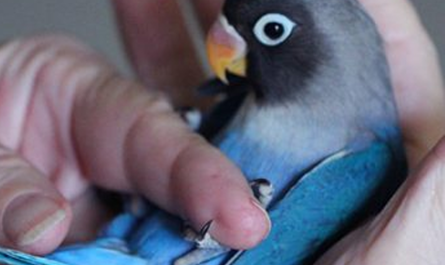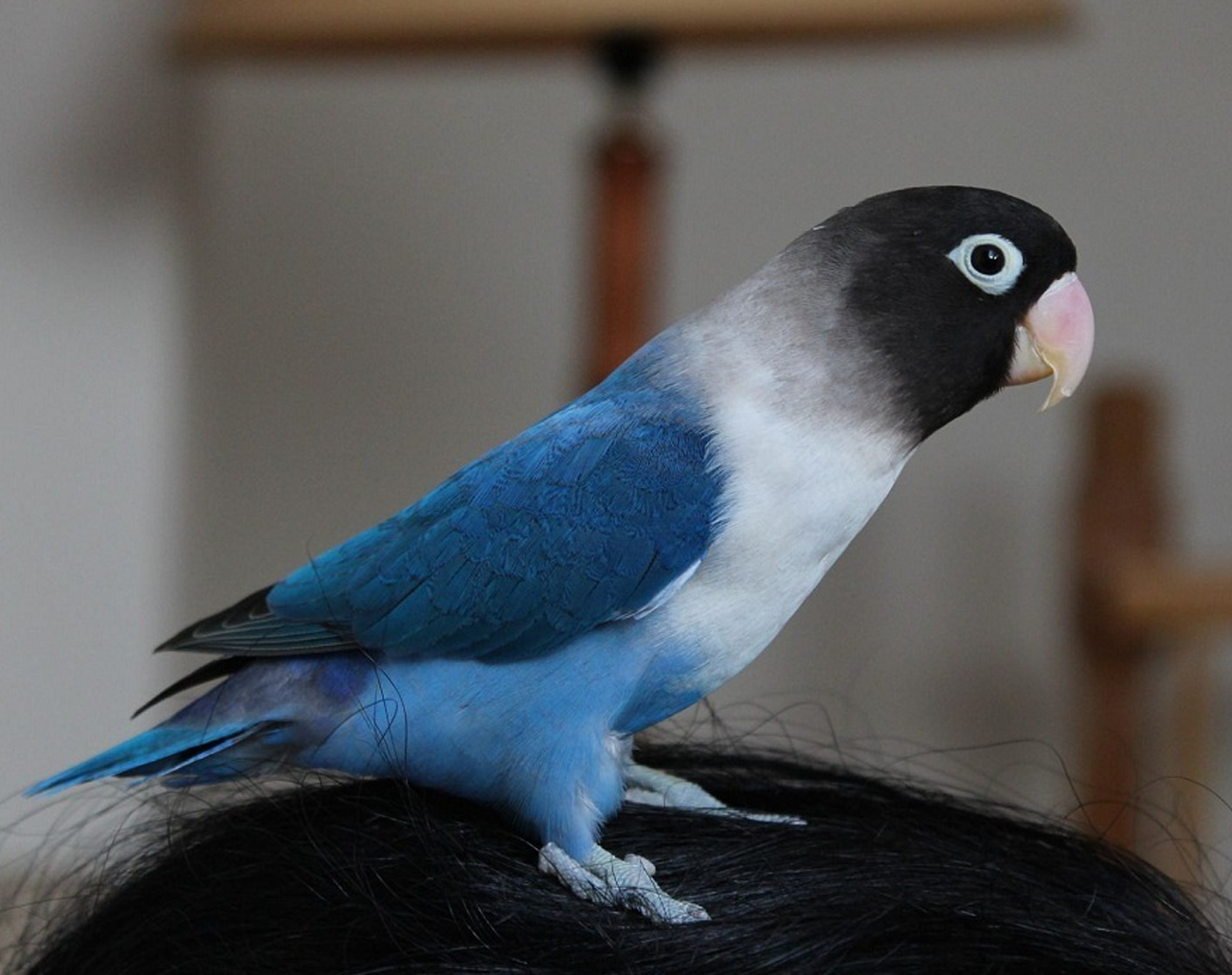Fischer’s Lovebird (Agapornis fischeri) is one of the most popular species of lovebirds, known for its vibrant colors, social behavior, and strong pair bonds. Native to East Africa, these small parrots have become a favorite among bird enthusiasts worldwide.
What Makes Fischer’s Lovebird Unique?

Color and Appearance:
Fischer’s Lovebirds are small, about 5 to 6 inches in length. They are famous for their striking colors—a bright green body, orange face, and a blue rump. Their eyes are surrounded by a white ring, adding to their expressive look.
Behavior:
These birds are highly social and thrive in pairs or small groups. Their strong pair bonds often lead them to be affectionate with their mate, making them endearing pets. However, they can be territorial, especially during breeding season, so it’s essential to provide ample space if housed with other birds.
Vocalization:
While not as vocal as other parrots, Fischer’s Lovebirds can be quite chatty, especially during the early morning and late afternoon. They enjoy mimicking sounds and can learn a few simple words with training.
Habitat and Housing
Cage Requirements:
Fischer’s Lovebirds are active birds that need space to fly and explore. A cage measuring at least 24 x 24 inches is recommended, with bar spacing no wider than ½ inch. Providing perches, toys, and swings will help keep them entertained and physically active.
Diet:
A balanced diet for Fischer’s Lovebirds includes a mix of seeds, fresh fruits, and vegetables. Pellet food can also be a good supplement. Ensure they have access to fresh water at all times.
Temperature and Environment:
These lovebirds thrive in temperatures between 65-80°F. Avoid exposing them to drafts, sudden temperature changes, or direct sunlight for extended periods.
Breeding Fischer’s Lovebirds
Breeding Fischer’s Lovebirds can be a rewarding experience. They reach sexual maturity at around 10 months but should not be bred until they are at least a year old. A nesting box in the cage will encourage breeding behavior. Once the eggs are laid, incubation lasts about 23 days.
Health and Lifespan
Common Health Issues:
Fischer’s Lovebirds are prone to certain health issues like respiratory problems, feather plucking, and Psittacine Beak and Feather Disease (PBFD). Regular check-ups with an avian vet are crucial for maintaining their health.
Lifespan:
With proper care, Fischer’s Lovebirds can live up to 15 years or more, making them long-term companions.
Conclusion
Fischer’s Lovebirds are vibrant, affectionate, and relatively easy to care for, making them ideal pets for both new and experienced bird owners. By understanding their needs and behaviors, you can provide a loving and enriching environment that allows these beautiful birds to thrive.
Share this content:




